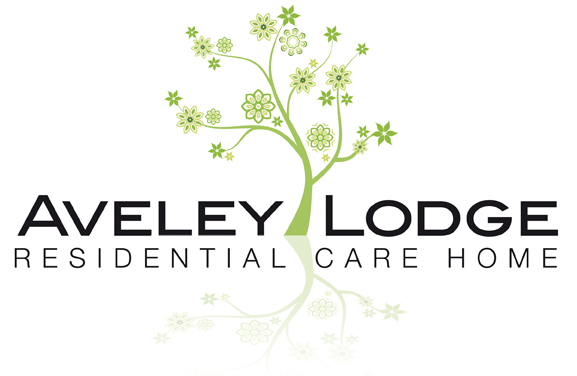The Care Quality Commission and what it does
The Care Quality Commission and what it does
The Care Quality Commission (CQC) is an independent body set up to regulate healthcare and adult care in settings such as hospitals, dentists, ambulances, care homes and home-care agencies.
It monitors standards for care set by the government and carries out regular inspections to ensure these standards are being maintained. The regulations are contained in the Health and Social Care Act 2008 (Regulated Activities) Regulations 2014.
All care homes must be registered with the CQC to be allowed to operate. The CQC will investigate the applicant’s fitness to provide the care it is proposing and its premises before granting registration.
The CQC monitors care homes with regular inspections – at least one “review” every two years. It also takes in feedback and concerns from residents and those who have loved ones in the care home. It can then take action if it believes there are problems or standards not being met.
There are three forms of inspection:
- Scheduled inspections, which are planned by CQC in advance and can be carried out at any time.
- Responsive inspections, prompted by a specific and immediate concern.
- Themed inspections, looking at a particular type of care or issue across one or more care sectors
What does an inspection cover?
The standards cover everything from personal care, dignity and respect, safety, premises and equipment to the home’s good governance, staffing qualifications and conditions, their relationships and the leadership.
As part of its inspection of a care home the CQC inspectors will take evidence from as many people as possible.
It then has a rating system to use depending on the results for each of their five key questions as well as giving the service an overall rating. These ratings are:
- Outstanding = The service is performing exceptionally well.
- Good = The service is performing well and meeting expectations.
- Requires Improvement = The service is not performing as well as it should and the CQC have told the service how it must improve.
- Inadequate = The service is performing badly and the CQC have taken action against the person or organisation that runs it.
In the event that the inspection has found aspects that are unsatisfactory, actions the CQC can take include:
- Issuing a warning notice requiring improvements within a short period of time.
- Restricting the type of care that the service can offer.
- Stopping admissions into the care service.
- Issuing fixed penalty notices.
- Suspending or cancelling the service’s registration.
- Prosecution.
By law, care providers have to display the ratings given to them. They must display them in the places where they provide care, somewhere that people who use their services can easily see them such as the entrance hall. The care providers must also show their ratings on their website, if they have one.
For those considering using a care home, you can check the CQC website for information about the home you are considering: https://www.cqc.org.uk



